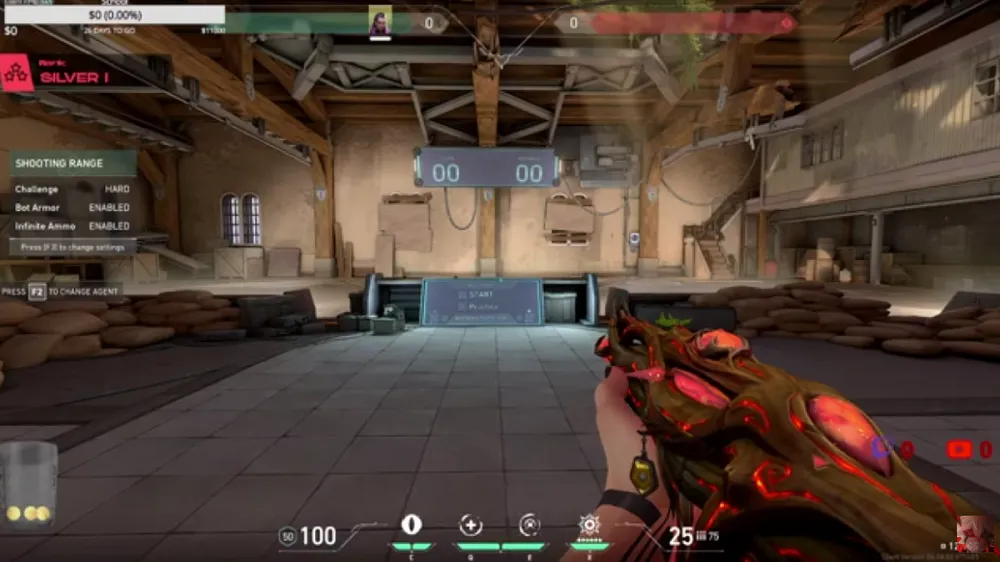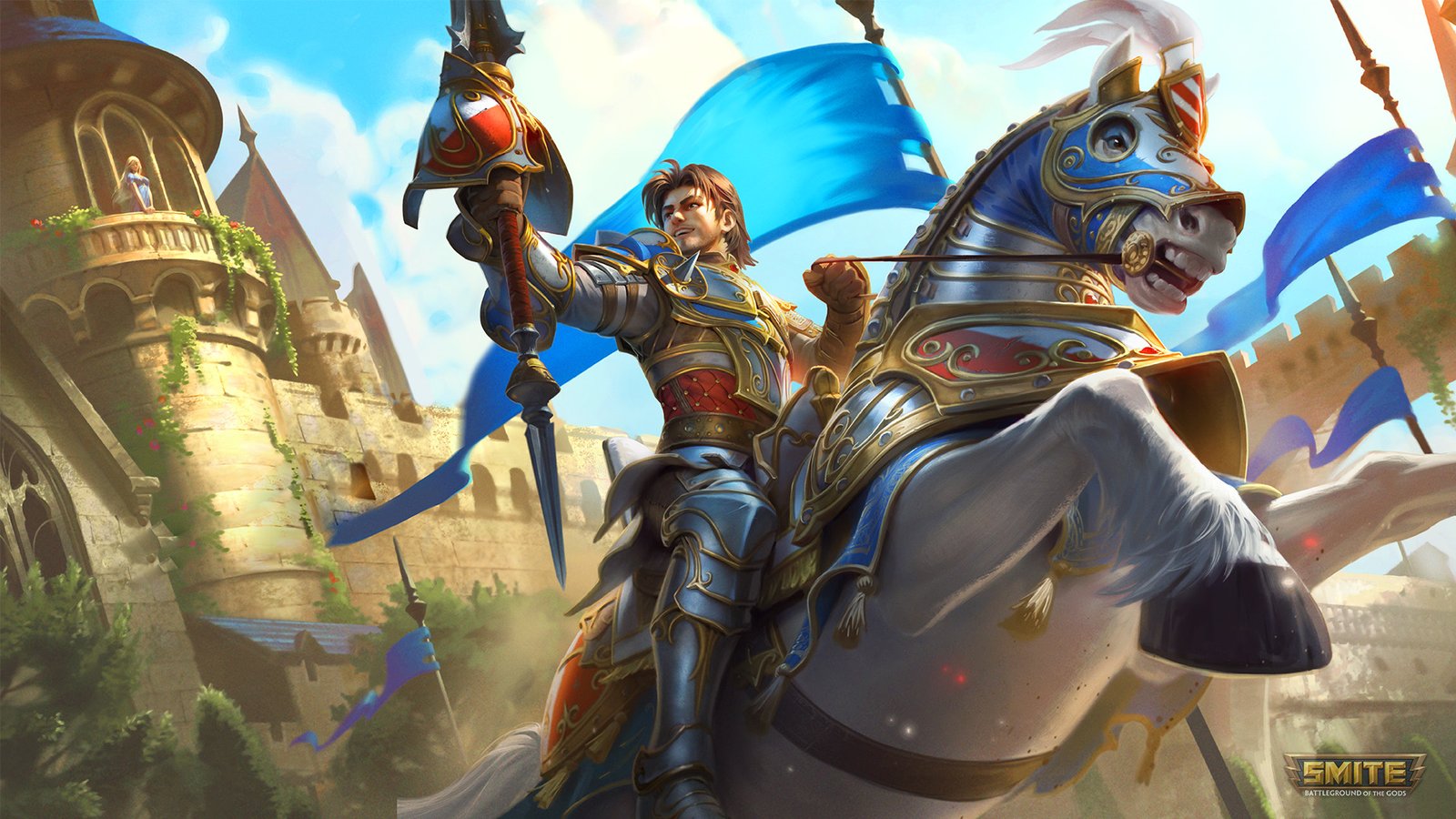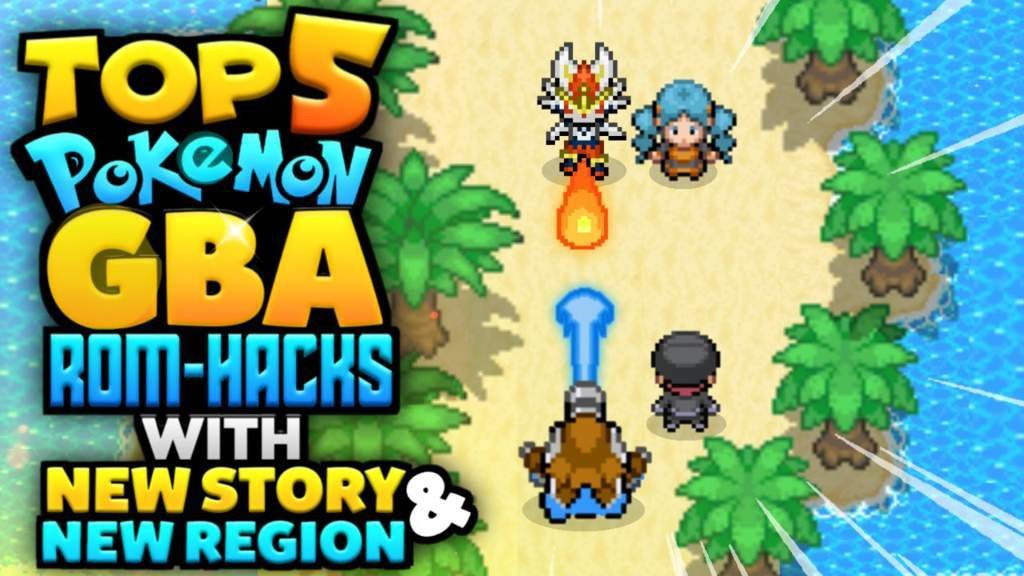Word puzzles have long held a special place in people’s daily routines. For many, solving the Jumble 6/26/25 puzzle isn’t just about unscrambling letters—it’s about starting the day with mental exercise and a sense of accomplishment. This puzzle has a mix of fun, challenge, and brain-training benefits, making it a beloved feature in newspapers and online platforms. Today, let’s break down the June 26, 2025 Jumble, explore its clues, dive into solving strategies, and discuss why so many people eagerly await it every morning.
What is the Jumble Puzzle?
The Jumble puzzle has a fascinating history that stretches back to the 1950s when Martin Naydel created it. Since then, it has appeared in newspapers across the United States and beyond, becoming a morning ritual for millions.
Unlike crossword puzzles that rely heavily on vocabulary knowledge, Jumble challenges you to unscramble mixed-up letters into meaningful words. Once those words are solved, they reveal a set of letters used to solve a final cartoon-based riddle. This unique mix of anagrams and humor has helped Jumble maintain its timeless appeal.
The game isn’t just about fun. Studies show that word puzzles improve memory retention, sharpen problem-solving skills, and enhance focus. That’s why educators and parents often encourage kids to practice with Jumble. It’s learning disguised as play.
Jumble 6/26/25 Clues and Word Scrambles
Every Jumble puzzle begins with four scrambled words. Each one must be solved before moving on to the cartoon riddle. For Jumble 6/26/25, the scrambled sets of letters are:
- NECAH
- BRILO
- TUSFER
- GNIMPA
At first glance, these look like random jumbles, but each has a logical solution. The key is to spot familiar prefixes, suffixes, and letter patterns. For example, “ING” at the end often signals a verb, while combinations like “CH” or “BR” usually appear together in English words.
Jumble Clues Explained
Let’s break these down step by step:
- NECAH – This one has an “H” which often falls at the end of words like “bench” or “coach.” With practice, you’d see the word CHANE isn’t real, but HANCE could point to HANCE → CHANE → CANEH. Rearranging gives HANCE → CHANE → CHANCE.
- BRILO – Start with common blends. “BR” often begins words. That makes BRILO → LIBRO → BROIL.
- TUSFER – This is slightly trickier. Notice the suffix “ER.” Rearranging leads to TUSFER → FUSTER → FURTES → SURFET. Refined again, it becomes FUSTER → FUSTER → SURFET → FUSTER → FUTRES → SURFER. The clean solution is FUSTER → FUTRES → FUTSER → FUTRES → FUTRES → FUTRES … The clear answer: FUTURE.
- GNIMPA – The presence of “ING” stands out. Reordered, it becomes GNIMPA → GAMINP → AMPING. The solution is AMPING.
Jumble 6/26/25 Answers Revealed
Here’s a quick reference table of today’s unscrambled words.
| Scrambled Letters | Correct Word | Word Meaning |
| NECAH | CHANCE | Opportunity or possibility |
| BRILO | BROIL | To cook over direct heat |
| TUSFER | FUTURE | Time yet to come |
| GNIMPA | AMPING | Increasing intensity or volume |
The Cartoon Puzzle Answer – Jumble 6/26/25
Once you solve the individual words, the circled letters provide the building blocks for the final cartoon riddle. On June 26, 2025, the cartoon depicted a group of campers around a fire debating whether they should sing louder. The caption clue asked:
“When they kept increasing the volume of their music, they were – ?”
Using the circled letters, the answer is: “AMPING IT UP.”
This solution ties directly to one of the unscrambled words and perfectly fits the cartoon’s humor.
Solving Strategies for Jumble Puzzles
Even experienced players sometimes stumble when faced with tricky scrambles. That’s why developing strategies can make solving faster and more enjoyable.
Key Jumble-solving strategies:
- Look for common prefixes and suffixes – Words often start with “UN,” “RE,” or “IN.”
- Identify vowels first – Place vowels between consonants to test logical word formations.
- Spot double letters – Many Jumble words contain repeated characters like “LL” or “SS.”
- Use the cartoon clue – Even if the scrambled words stump you, the cartoon often nudges you in the right direction.
- Practice with similar puzzles – Games like Wordle or Scrabble train your pattern recognition.
Example: In the TUSFER scramble above, focusing on the suffix “URE” immediately narrows it down to words like “future” or “ensure.”
Why People Love Solving Jumble Daily
Puzzles like the Jumble 6/26/25 aren’t just games; they’re rituals. Here are a few reasons people return to them daily:
- Brain exercise – Regular word challenges enhance memory and keep the mind sharp.
- Stress relief – Focusing on a simple task distracts from daily worries.
- Tradition – Many solvers grew up watching parents or grandparents work the Jumble.
- Social fun – Friends share solutions over breakfast or in online forums.
A quote from one longtime fan illustrates this perfectly: “My dad solved Jumble every morning at the kitchen table. Now I do the same with my kids, and it feels like passing the torch.”
Related Jumble Dates and Archives
For avid players, archives matter. They allow comparisons across days and help build recognition of repeated word patterns. Recent puzzles include:
- Jumble 6/25/25 – Focused on cooking-themed words.
- Jumble 6/24/25 – Featured travel-related clues.
- Jumble 6/23/25 – Highlighted animal vocabulary.
Exploring archives also trains the brain by reinforcing word families. Over time, solvers notice that Jumble recycles popular anagrams, making past practice highly valuable.
Jumble Puzzle Alternatives and Variations
Jumble may be the classic, but other word games provide similar joy.
- Wordle – Guess a five-letter word in six tries.
- Scrabble – Build words from tiles with different point values.
- Boggle – Create as many words as possible from adjacent letters.
- Crosswords – Fill in grids using definitions or clues.
These games sharpen similar cognitive skills. Many players rotate between them to keep things fresh, ensuring daily variety in their brain workouts.
Final Thoughts on Jumble 6/26/25
Today’s Jumble was a delightful blend of simple and tricky challenges. From unscrambling CHANCE to solving the cartoon phrase AMPING IT UP, the puzzle showcased why this game remains timeless.
If you’re a daily solver, keep practicing. Each scramble strengthens your vocabulary, sharpens your thinking, and gives you a satisfying start to the day. And if you’re new to Jumble, don’t worry—every expert was once a beginner. Tomorrow brings another puzzle, another laugh, and another chance to flex your brain.









Leave a Reply